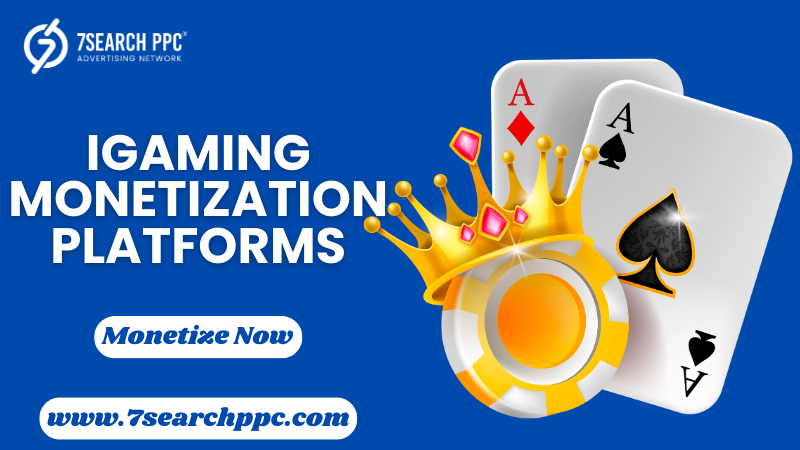Game monetization has evolved into an essential part of the gaming industry, enabling developers to generate revenue while offering engaging experiences to players. Below, we’ll explore some successful examples of game monetization strategies and why they work so well.

In-App Purchases (IAPs)
Many mobile games thrive on in-app purchases, where players buy virtual goods, power-ups, skins, or other digital assets.
Examples:
- Candy Crush Saga: Players purchase extra moves, boosters, and lives.
- Clash of Clans: Offers gems for speeding up gameplay or unlocking new features.
Why it works:
- It provides value to players seeking faster progression.
- Often integrated with the "freemium" model, encouraging initial engagement before offering paid options.
Battle Pass Systems
Battle Passes offer players tiered rewards based on their in-game performance over a specific period.
Examples:
- Fortnite: A battle pass system grants exclusive skins, emotes, and other rewards.
- Call of Duty: Warzone: Includes both free and premium tiers of rewards.
Why it works:
- Encourages ongoing engagement with clear incentives.
- Creates a sense of exclusivity for premium rewards.
Advertisements
Ads in games are a straightforward way to monetize free-to-play titles, especially mobile games.
Examples:
- Angry Birds: Offers rewards like extra lives or in-game currency in exchange for watching ads.
- Subway Surfers: Incorporates video ads for bonus content.
Why it works:
- Players can choose to interact with ads, creating a non-intrusive experience.
- Revenue generation is tied directly to user engagement.

